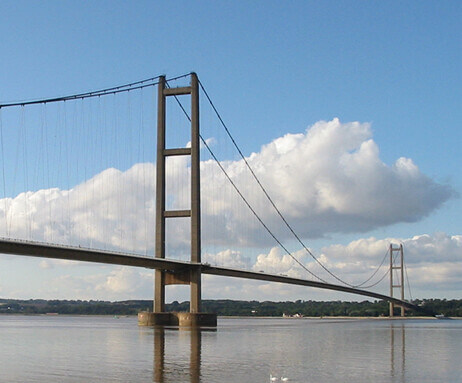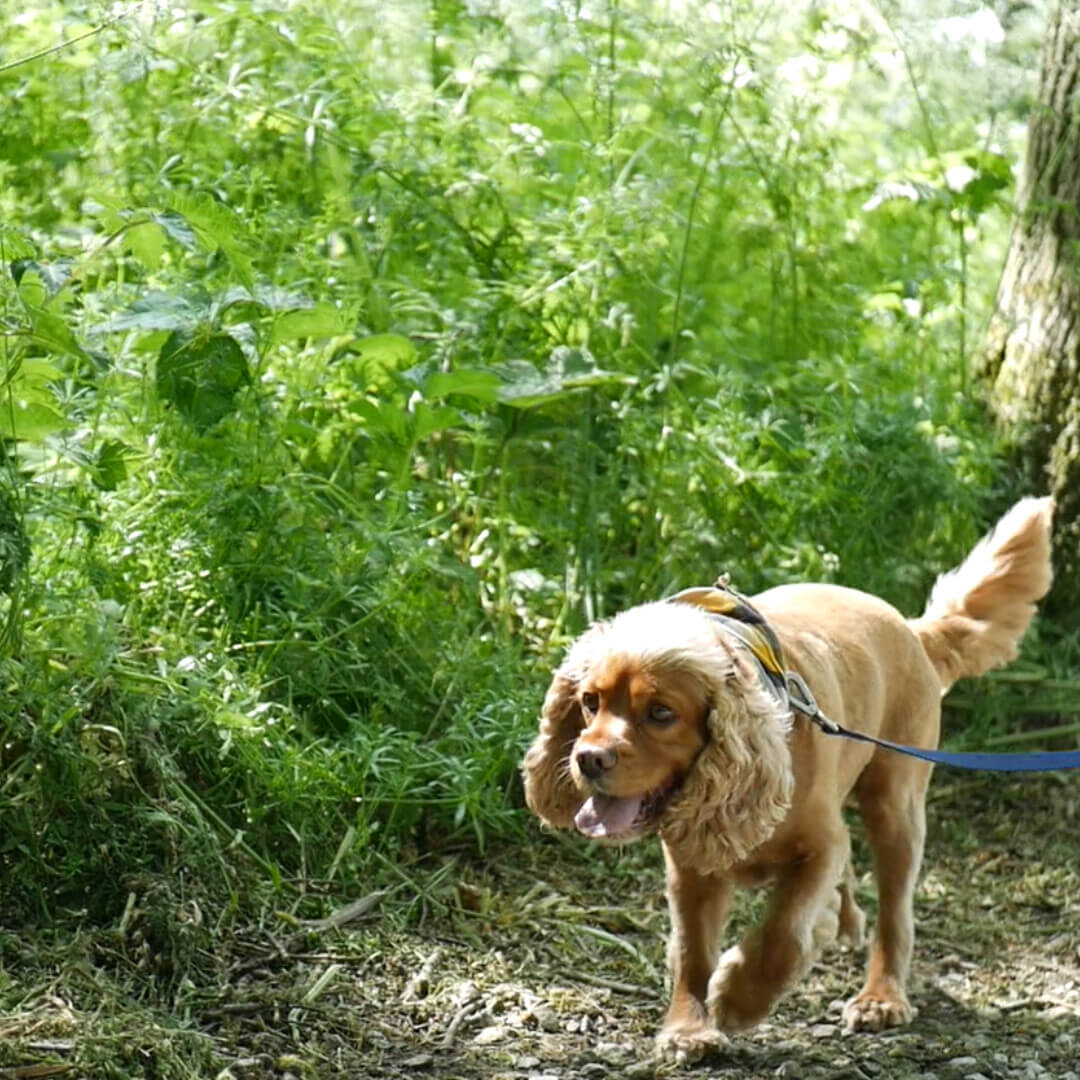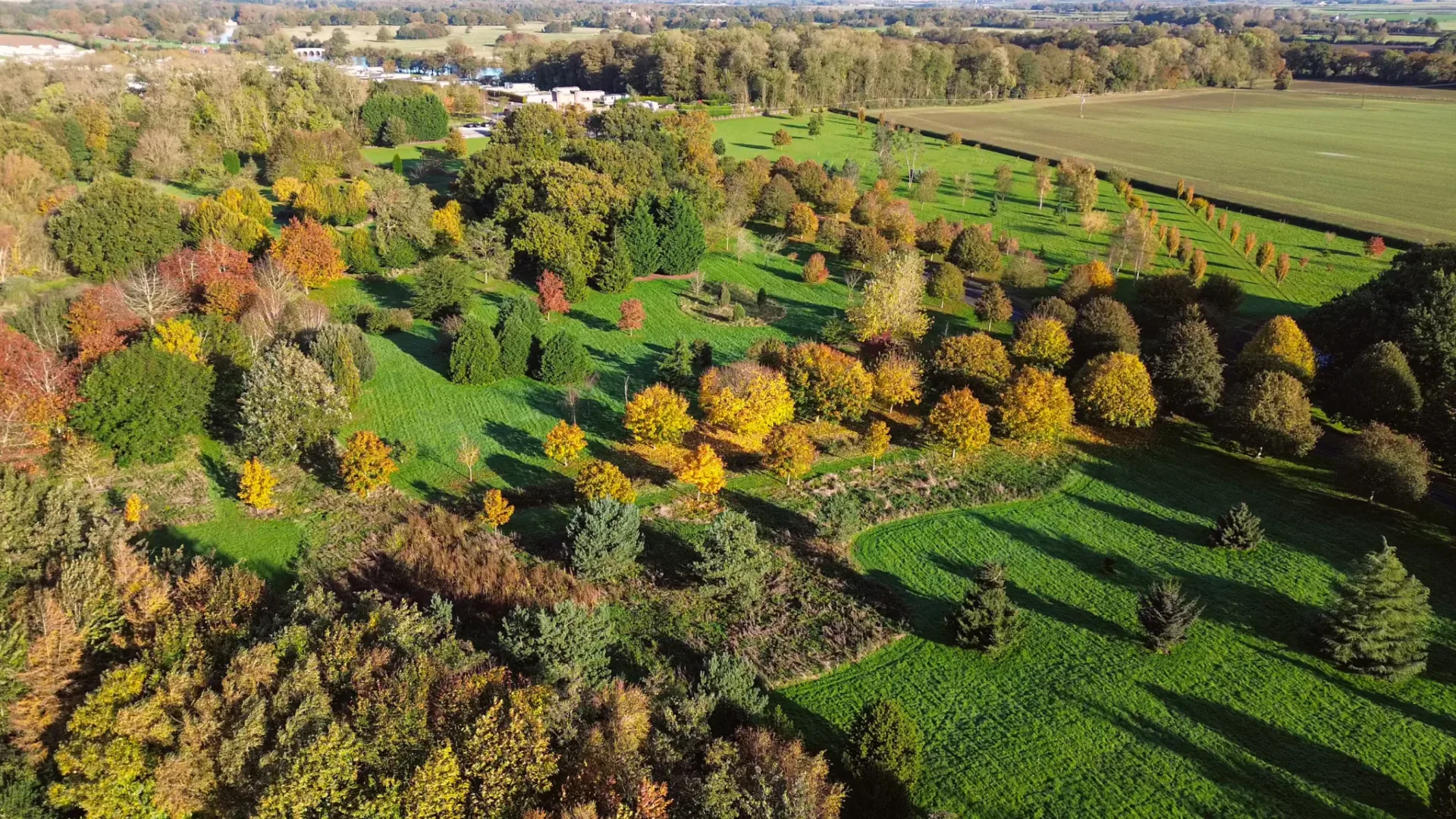

Awarded the Gold level of excellence for 11 consecutive years.
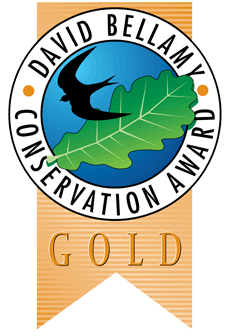
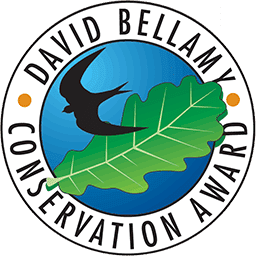
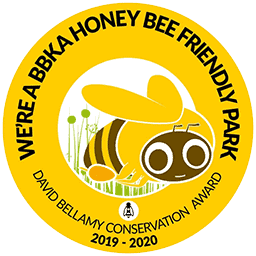




What are the David Bellamy Awards?
The David Bellamy Awards, named after the renowned botanist and environmentalist David Bellamy, stand as a testament to the dedication and passion displayed by individuals and organizations in the field of conservation. Established to recognize and honour outstanding contributions to environmental sustainability, these awards have become a symbol of commitment to protecting our planet and preserving its natural beauty.
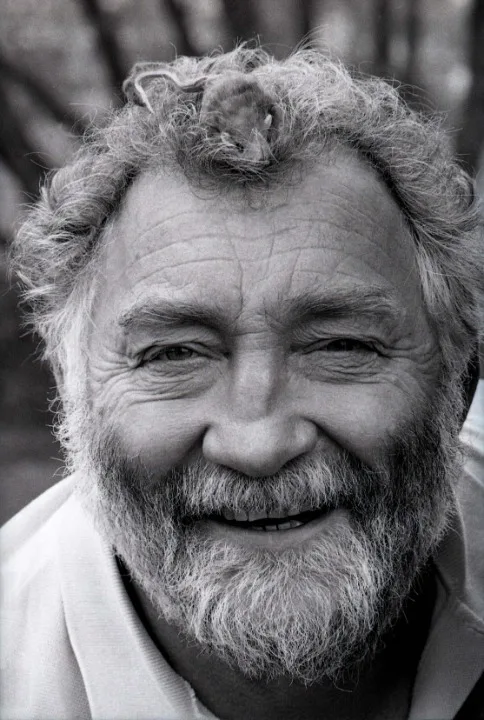
David Bellamy: A Legacy of Conservation
David Bellamy (1933-2019) was a prominent British botanist, environmentalist, and broadcaster, renowned for his passion for nature and dedication to conservation.
Beyond broadcasting, Bellamy actively advocated for environmental causes, emphasizing the need for biodiversity preservation and sustainable practices.
His impactful career earned him numerous awards, and the David Bellamy Awards stand as a testament to his enduring legacy in promoting environmental awareness and conservation efforts.
Blooming Marvellous Pledge for Nature
This initiate was established over 25 years ago by the BH&HPA. The Award Scheme challenges parks to demonstrate their commitment to help nature. Measured through a yearly goals to achieve on-park activity focused on wildlife. There are a few categories to the Award Scheme:
- New for 2024 – Rewilding – restore ecosystems to as natural a state as possible and allow nature to drive the changes.
- Everyone Active – create environmental activities for everyone to enjoy.
- Home Sweet Home – set up bird boxes and other artificial wildlife homes.
- Horti-Heroes – manage your greenspace in a way that minimises environmental impact.
- Pollinator Patch – create an area where bees, butterflies and other insects can get food and shelter.
- Special Species – create an oasis for an animal species that needs a helping hand.
- Super Signage – provide environmental information and interpretation to help everyone enjoy the wildlife on your park.
- Tree-mendous – plant native trees and make your woodlands work for wildlife.
- Wonderful Wetlands – put in a pond or enhance existing water and wetland areas.
Achievements at Burton Constable Holiday Park
How does the team at Burton Constable Holiday Park tackle these challenges? The Park Manager, Lee, explains what work is carried out to ensure the park rises to the challenges.
Home Sweet Home
Home Sweet Home involves the land being a natural habitat to wildlife. We have used natural resources such as sticks, barks and other things to create bug houses; fallen trees have also been used to create shelter for animals across areas with wildflowers.
Many parks use manufactured habitats from object such as pallets, or even having purpose built structures. We opted to keep our approach true to nature, and to reuse the environment as it naturally occurs in the wild.
Pollinator Patches
Pollinator Patches are placed for bees, wasps and other insects to thrive in and add to the biodiversity of the land; over 50% of our arboretum is made up of wildflower pollinator patches. These patches are also home to man rare butterflies, caterpillars and moths.
These wildflower patches also help many species survive through the winter months. As the dense foliage ‘deflates’ for the winter, they become great habitats from wildlife to hibernate.
Special Species
A unique aspect of our park is its dedication to specific animal species, with a primary focus on hedgehogs. Situated just by the park’s entrance, is a specialized hedgehog hospital, where there is a dedicated team that provides top-notch care for injured hedgehogs. Their primary objective is to nurse these hedgehogs back to health and ensure their successful return to the wild once they are fully recovered.
super Signage
This challenge is an on-going project for the BCHP team. Our goals for 2024 include the production of labels for the trees throughout the Arboretum.
The digital team have put tremedous work into producing digital content for the Arboretum throughout 2023. Using the original planting plan, the trees and shrubs that feature in the plans have all been documented. These have then been used an interactive map of the original planting plan.
With the help of Arborist John Killingbeck, the team is working to arrange a live map of the Arboretum, to help explore the Arboretum in depth.
Tree-mendous
The 30-acre Arboretum at Burton Constable Holiday Park is full of trees and reflects this category perfectly, as it has more than 200 different species of trees & shrubs. The trees are well taken care of by our grounds team to ensure that they are healthy and thriving in their environment.
We continue to expand on this challenge, with The Rejuvenation Project revisiting the original planting plan for the Arboretum. This project seeks to restore and expand on the Arboretum to bring new life to the grounds.
Wonderful Wetlands
Within the Arboretum, you can find three ponds. These wetland areas have somewhat occurred naturally due to previous floodings, now the grounds team ensure they are well preserved. The ponds help to maintain a safe, healthy and diverse enviroment whilst also protecting the lands from extensive flooding. These ponds are populated by dragonflies, and you can often find various uncommon birds surrounding them. Wildlife which also thrives around the man-made lakes at Burton Constable Holiday Park.
Feedback & Insight
As part of the David Bellamy Blooming Marvellous Pledge for Nature, the parks who take the pledge are given regular visits. This is to monitor the progress of the challenges. These visits are a fantastic platform for parks to receive feedback and recommendations on how to really excel in each category.
Here’s a few takeaways from the latest visit to Burton Constable Holiday Park. There are many praises, as well as suggestions that will all be taken on-board as we continue to work on wildlife conservation.
- Continue working with the experienced Arborists. They have great insight, and the content produced is very insightful.
- Excited to see the development of the interactive maps. They will be great for the Super Signage category!
- Consider expanding into the Horti-heroes category.
- The variety in grass length in different areas is tremendous for supporting wildlife.
- Potential for a small herb garden.
- Consider using more boxes and homes for wildlife.
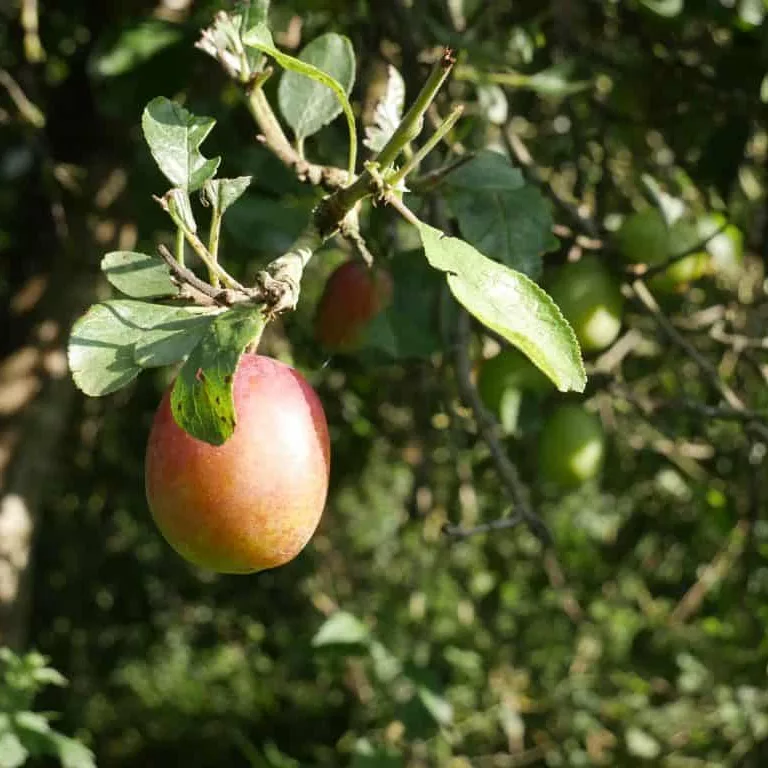
The Origins of The Arboretum
The arboretum was created from a tree-planting plan by Stephen Bean Associates in 2007 for Mr Constable. These plans were never fully implemented but the majority of the trees are still thriving in the arboretum to this day. The design separates areas of the Arboretum into rooms which reflect the rooms of the Burton Constable Hall. The arboretum is filled with some of ‘Mr C’s’ favourite fruit including pears, apples and plums; this fruit was made into jams and jellies. Many of the fruit trees are still alive.
The rooms are separated by walkways called the ‘avenues’. The avenues are cut at 3 inches, whereas the rooms are cut at 5 inches, this is to encourage different biodiversity to the land as different animals like different lengths of grass. The arboretum map can be explored interactively on our arboretum page.

Rare and Wonderful
Rare wildlife has been on the rise within the park. A recent sighting at the lake includes the Grey Headed Woodpecker. The wildflower patches play host to a variety of distinct creatures, including uncommon caterpillars, moths, and butterflies. This can be attributed to the efforts to maintain the environment in its most natural state possible.
Fallen trees have been utilized to establish a natural setting, providing hiding spots and sunbathing areas for foxes. These trees naturally undergo biodegradation, eliminating any potential risks to animals or the surrounding ecosystem.
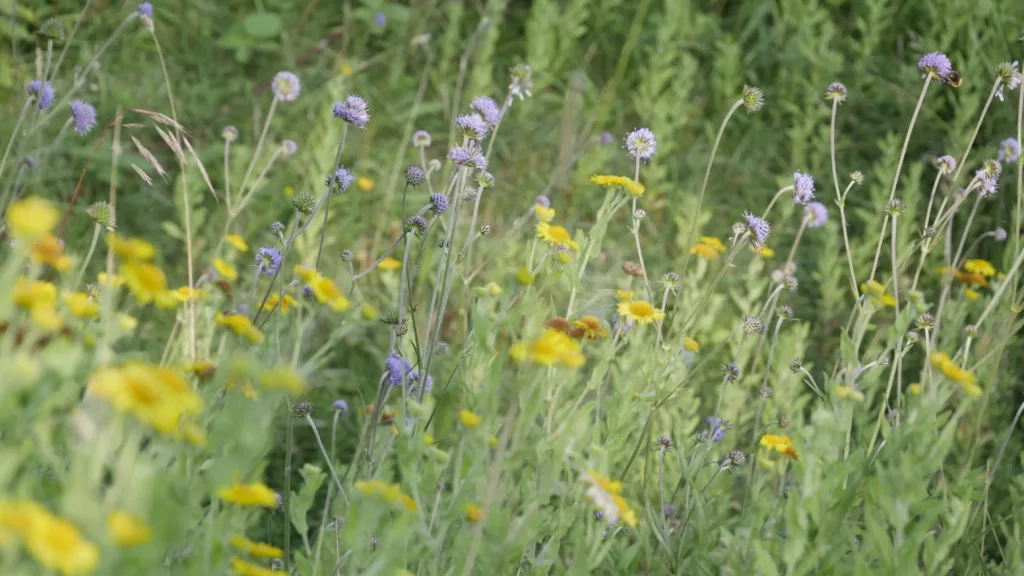
Wildflowers & Grassland
Several decisions have been taken to enhance biodiversity. For many, the landscape might sometimes appear as if the groundskeeping team’s efforts are incomplete. However, these factors are intentionally planned to accommodate various wildlife and native plants. This deliberate choice promotes diverse biodiversity across the area, as different creatures prefer different grass lengths. The region provides a habitat for numerous insects, including grasshoppers, butterflies, dragonflies, and many others.
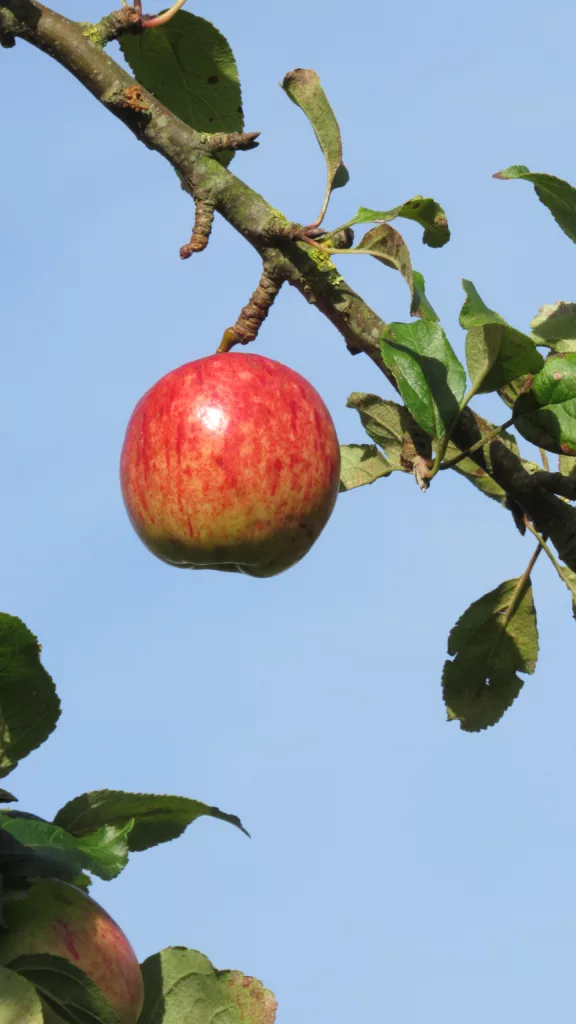
The experience
You can explore the arboretum at various times during the day and across all seasons of the year. We highly recommend to do so, as the wildlife and trees constantly undergo changes and evolution. This approach guarantees that you’ll have the opportunity to fully immerse yourself in the complete experience the arboretum has to offer.
With the on-going Rejuvenation Project, we aim to add signage around the Arboretum to make the experience more informative and to syncronize with the online interactive maps. The goal is to create subtle signage to help explore the Arboretum, without disrupting the ‘wild’ aspect of the environment.



